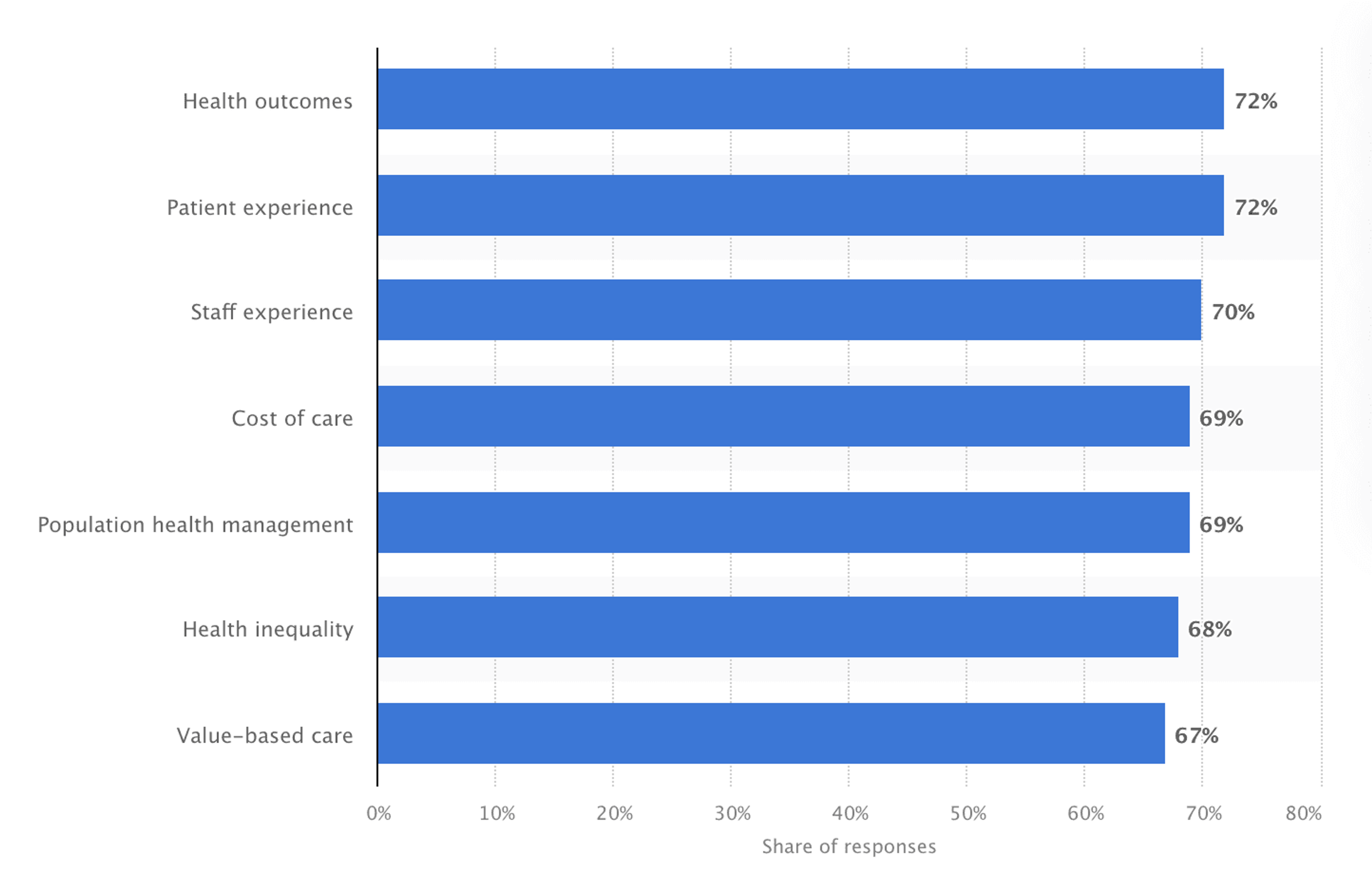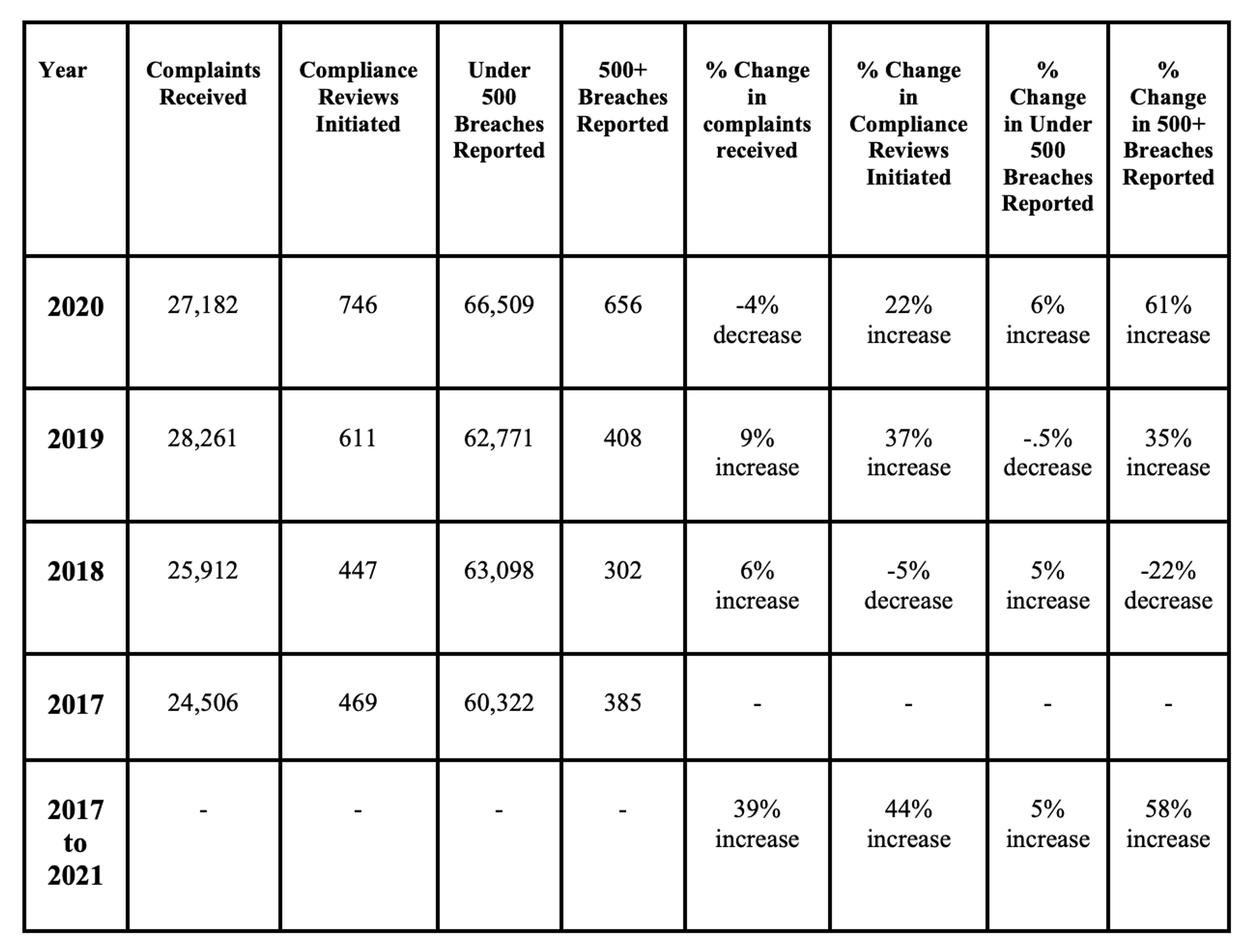blog
Healthcare Data Models: Uses and Benefits

SECTIONS
In 2022, major industry developers like Google Cloud and Lifepoint Health announcedOpens in a new tab the impending release of new data engine platforms for healthcare organizations.
According to press releases, these tools will improve interoperability between organizations and enable greater data unification for patients accessing different services. To take advantage of emerging technologies and deliver high-quality care, organizations must learn to use healthcare data models effectively in their IT systems.
This guide explains data models and summarizes some key use cases and benefits in healthcareOpens in a new tab applications.
Key Takeaways:
- Data models help healthcare organizations organize data and implement the newest industry technologies.
- Data models are abstract structures that define relationships between data types and guide information pathways in IT systems.
- Effective data modeling in healthcare delivers many important benefits in patient outcomes, operational efficiency, and regulatory compliance.
What Is a Data Model?
A data model refers to a structured representation of data, its categories and attributes, and their relationships. Data models provide a blueprint for organizing and sorting data, enabling efficient data storage, retrieval, and use for analytical purposes.
Organizations use data models to:
- Define their data requirements and standards
- Establish project or task requirements
- Design databases or information systems
- Facilitate data exchange between systems or applications
IT designers can represent data models in various formats, such as diagrams, charts, or textual descriptions.
Healthcare Data Models
Data models are an essential part of healthcare data management. Healthcare data models help organizations structure data for both internal use and interoperability between the various organizations, payers, and life sciences companies within the healthcare data ecosystem.
For different use cases, a healthcare data model may be:
- Conceptual: Provides a high-level view of the relationships between data types in a healthcare IT system and defines master data categories.
- Logical: Shows the flow of information within and between organizations.
- Physical: Represents or describes how a system stores data – i.e., database tables, columns, data types, constraints, indexes, and relationships between tables. It helps IT architects optimize systems for performance, scalability, and integrity. In regulated industries such as healthcare, physical data models also help organizations demonstrate compliance with data privacy laws.
Uses and Benefits of Data Models in Healthcare
Organizations that handle large volumes of data need data models for effective data management and organization. For healthcare organizations across the board, the burden of data management is increasing. The International Data CorpOpens in a new tab (IDC) attributes this growth to several factors, including:
- Digitization of healthcare records and medical imaging
- Adoption of new technologies like telemedicine and wearable health devices
- Expanded availability of data analytics tools
Implementing data models in healthcare IT systems has many practical use cases and benefits for organizations navigating these complex transitions.
1. Improved Data Quality
Well-designed data models improve healthcare data accuracy, completeness, and consistency, enabling the extraction of master data for use in combined systems and healthcare data exchanges. Improved data qualityOpens in a new tab leads to better patient care, more accurate diagnoses, and improved outcomes.
To achieve these results, IT teams must develop physical data models that:
- Standardize data elements and coding systems for electronic health records (EHRs)
- Enable interoperability between different healthcare providers and systems
- Deliver up-to-date data in real time to care providers
2. Greater Operational Efficiency
Unorganized data storage systems and insufficient sharing between systems force organizations to use human resources inefficiently. As a result, trained care providers and limited IT staff must take time away from applying their most valuable skills to retrieve important information manually or reach out to outside organizations.
Healthcare data models increase operational efficiency by streamlining data management processes, reducing data redundancy, and expanding data access and sharing. With greater access to the information they need, care providers and IT staff can focus on critical tasks that require their specialized skills and training.
3. Enhanced Predictive Analytics
Today’s predictive analytics tools can perform tasks on structured data that seemed unimaginable a decade ago. Healthcare data models support data analysis and decision-making by providing the necessary structured framework for data exploration and visualization techniques.
Decision-makers who incorporate predictive analytics into their executive processes reportOpens in a new tab improvements in handling challenges in several critical healthcare areas, including:

Image Source: Statista
- Health outcomes
- Patient experience
- Staff experience
- Cost of care
- Population health management
- Health inequality
- Value-based care
4. Transparent Audit Trails for Regulatory Compliance
Data models simplify healthcare organizations’ compliance with regulatory audits and data privacy, security, and reporting requirements. A 2021 reportOpens in a new tab by the Health Information Technology for Economic and Clinical Health (HITECH) Act found a 39% increase in HIPAA violations and a 44% increase in new compliance reviews from 2021 to 2021.

Image Source: HHS.gov
With regulatory agencies such as the Office for Civil Rights now implementing rigorous enforcement initiatives to combat this trend, healthcare organizations must be more prepared to deliver transparent compliance data promptly. Detailed modeling of all sensitive patient data stored in various IT systems is the best preventative solution, saving organizations from costly penalties and reputational damage.
5. Better Patient Engagement
A growing majority (61%Opens in a new tab) of patients understand the importance of active patient engagement for their well-being. Data models allow healthcare organizations to capture and analyze vast volumes of patient-generated data from sources such as wearables and health apps.
The ongoing exchange of health information from these technologies informs care providers of any concerning developments and encourages patients to play an active role in their care. However, sufficient investment in developing capable models is necessary to help organizations manage the sheer volume of data that health monitoring tools generate.
Superior Healthcare Data Modeling with Coperor by Gaine
Coperor’s master data management platform for healthcare organizations connects and organizes data sources across complex networks of contracted partners. With an unrivaled data modeling system for hundreds of objects and thousands of industry-specific attributes, Coperor enables comprehensive healthcare data management within a single platform.
Watch this demo of Coperor and discuss options with us today.
